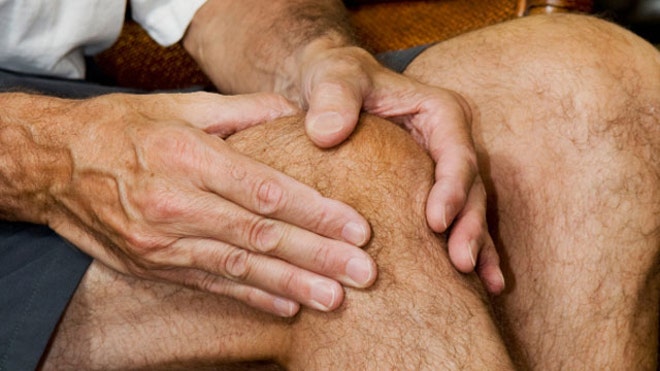Overweight and obese men in a new study showed diminished quantity and quality of semen, suggesting that a weight problem might also affect fertility, researchers say.
“The heavier the men, the higher the chances of a low sperm count,” urologist Dr. Keith Jarvi told Reuters Health. “I don’t think that this message is well known or appreciated by men in general,” said Jarvi, who was not involved in the new study.
Dr. Michael Eisenberg, of Stanford University School of Medicine in California, and his colleagues recruited 468 couples in Texas and Michigan who were planning to conceive a child and tested several aspects of the men’s semen.
They also weighed the men and measured their waists and found that greater waist circumference and body mass index (BMI) – a measure of weight relative to height – were both linked to lower ejaculate volume.
“All aspects of semen quality are important,” Eisenberg said. “Ejaculate has several chemicals that provide a safer environment for sperm. As such, if the volume is low it may be a problem.”
Sperm count, another important metric, was lower among men with bigger waists.
“The sperm count is just that: the number of sperm in each cc of semen,” said Jarvi, director of the Murray Koffler Urologic Wellness Centre and Head of Urology at Mount Sinai Hospital in Toronto, Canada.
Higher semen volume, within the optimal range between 2 and 5 milliliters, will overall have more sperm, Jarvi said. A volume under 1.5 mLs may cause infertility, he said, but too much is not good either.
In the study, a typical man in the normal BMI range had an ejaculate volume of 3.3 mL, compared to 2.8 mL for men in the highest BMI category, severely obese.
Men with the largest waists, over 40 inches, had about 22 percent lower total sperm count compared to men with waist measurements under 37 inches.
There appeared to be no link to semen concentration, motility, vitality or physical appearance, according to the results published in the journal Human Reproduction.
About half of the men had already fathered children when the study took place and none of the couples were seeking help with infertility when they were recruited.
The researchers also did not follow up to see whether the men succeeded in having children later.
Most men exercised less than once per week, so the authors couldn’t really examine what effects more exercise might have on sperm.
“The big question is what does reduction in body weight do to the sperm counts in men starting with a low sperm count?” Jarvi said. “This is the question that my overweight patients ask.”
Source: Reuters











